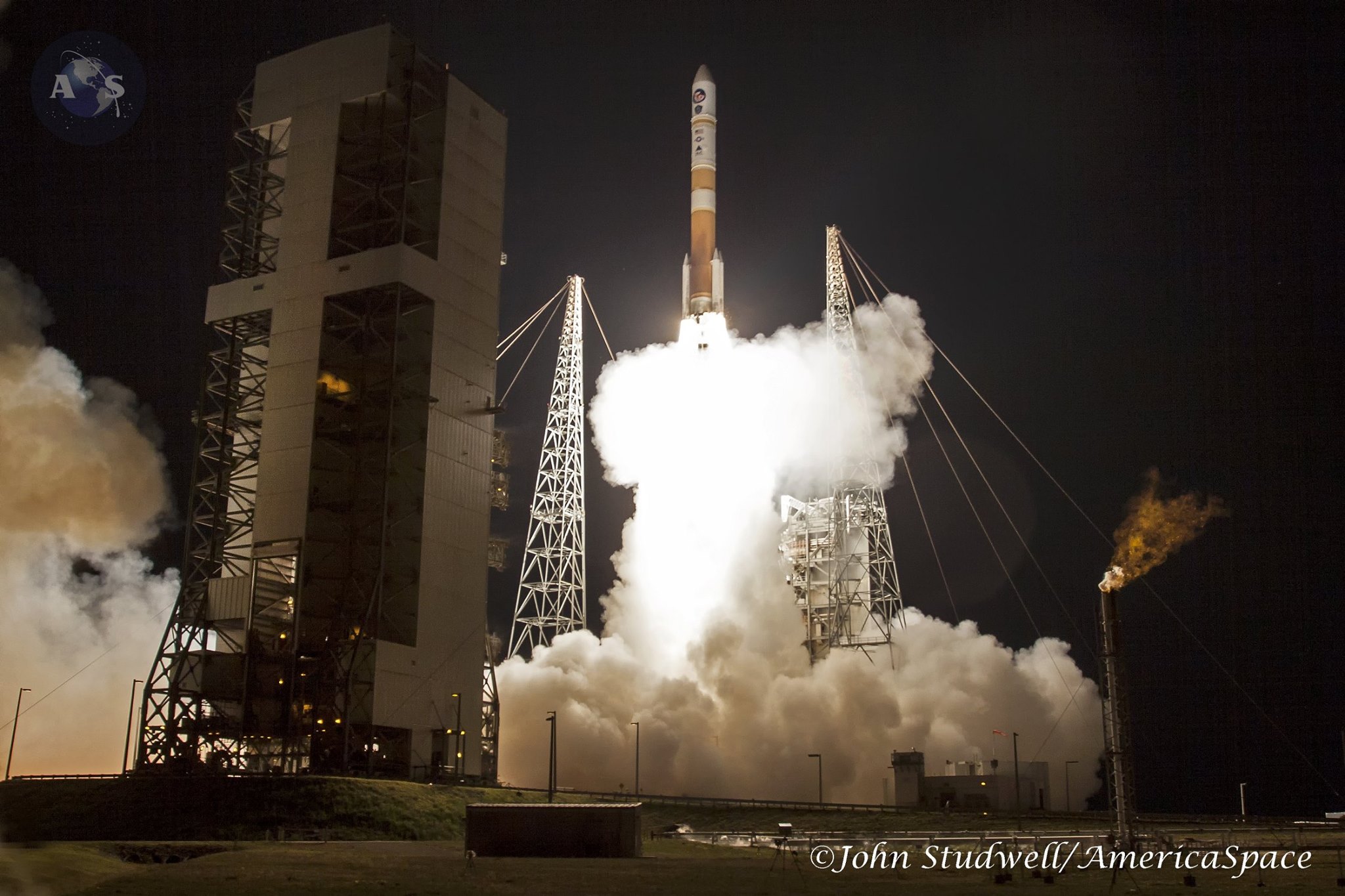
U.S. and allied military broadband satellite communications will be significantly bolstered by the successful launch from Cape Canaveral AFS of the Boeing/U.S. Air Force WGS-9 Wideband Global Satcom on Saturday March 19, by a United Launch Alliance Delta IV Medium+ (5,4) rocket with four solid motors strapped to its sides.
The X-band system on all eight current operational WGS satellites is almost totally booked now, says USAF Maj. Gen. David D Thompson, Vice Commander of Air Force Space Command. The Ka band WGS system is less subscribed because it is a newer band and terminals are just now making their way into the military services, he said.
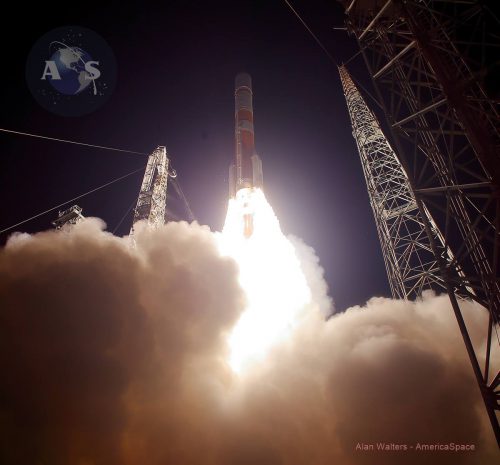
The launch commemorates the 70th anniversary of the U.S. Air Force, born as separate from the Army in 1947 and the 35th anniversary of Air Force Space Command formed in 1982.
The powerful and spectacular dusk liftoff into clear skies from Launch Complex 37 came at 8:18 p.m. EDT, after a 33 min countdown delay caused by an erroneous reading that the massive umbilical swing arm on the pad’s fixed umbilical tower was malfunctioning.
The flight marked the 3,550th rocket launched from Cape Canaveral since the “Bumper” vehicle— a German V2 with a WAC (without any control) Corporal upper stage— was launched from the Cape on July 24, 1950, said Brig Gen. Wayne Monteith, Commander of the 45th Space Wing.
Although United Launch Alliance refused to discuss the matter, the launch suffered a several day delay because of a potentially clogged hydraulics valve on the vehicle’s Aerojet Rocketdyne RS-68 engine gimbaling system, said Thompson. The suspect part prompted ULA to install a replacement component, Thompson said.
Ironically a ULA Atlas-V being prepared for flight from Launch Complex 41 next week has also been delayed by an unrelated hydraulics problem with its Russian Energomash RD-180 engine, Thompson said. That flight, carrying an Orbital Sciences ATK Cygnus spacecraft with space station supplies, is now set for liftoff on March 24 at 9:00 p.m. EDT, just six days after the Delta IV.
Given ULA has had a near flawless Atlas-V and Delta-IV launch record over the last 15 years, having both launchers grounded for a period by hydraulics problems is remarkable and likely to spur quality control responses within the company.
The March 18 SpaceX Falcon-9 launch, Saturday”s Delta-IV, followed by the Atlas-V planned March 24 and another Falcon-9 planned for March 27, means that the Cape has a chance of firing 4 launches in the span of 3 weeks, said Monteith.
Monteith also noted that in 2017, the Cape and Kennedy Space Center are scheduled to have 35 launches, with 28 of those commercial.
He said that given the Falcon-9 has demonstrated flight with an Autonomous Range Safety System, like that already used by Atlas and Delta rockets, the Eastern Range can now launch separate Falcon, Atlas-V and Delta-IV vehicles within just 36 hours.
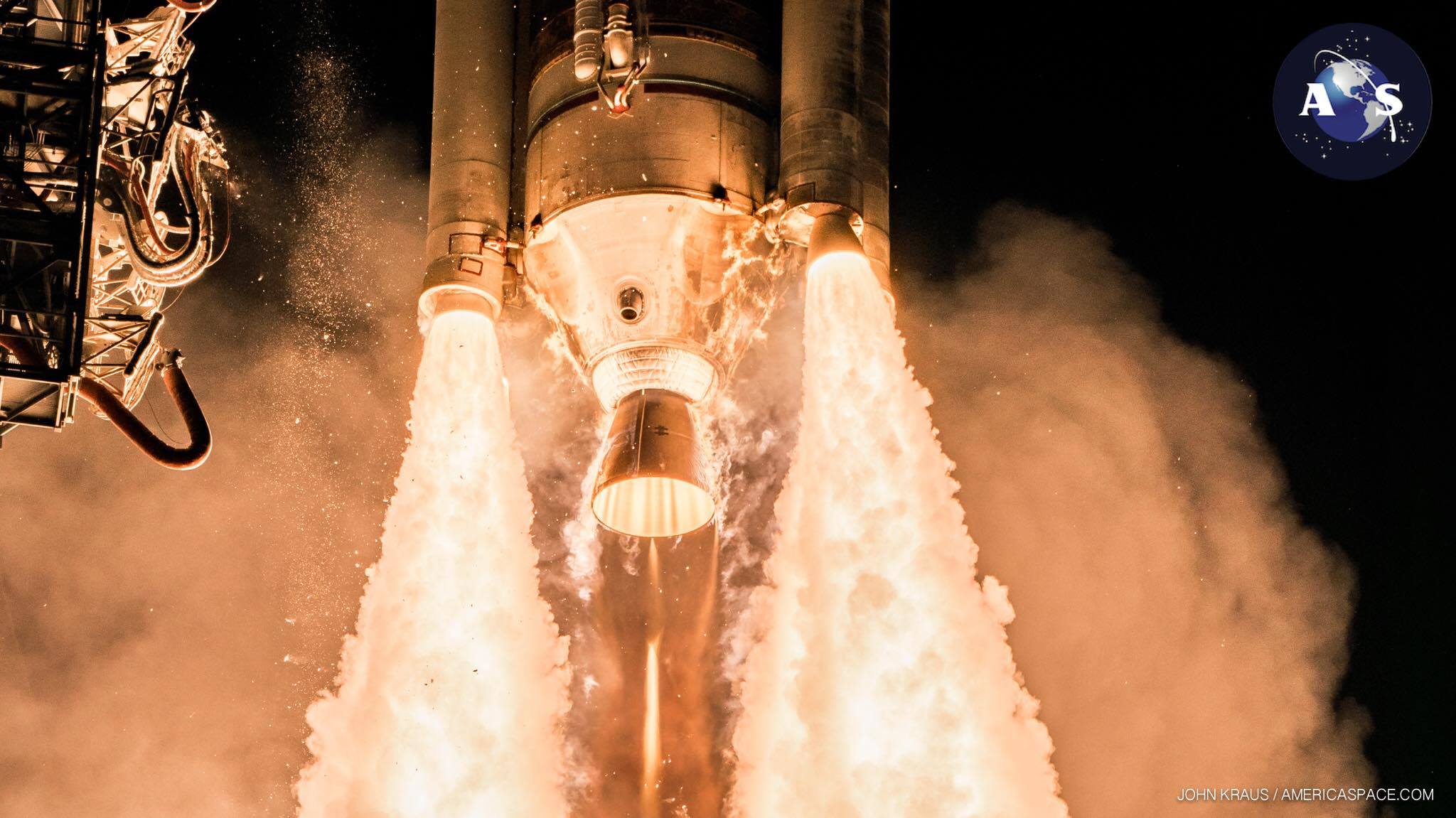
“With that capability I was able to reduce my operational footprint by 60%. On the day of launch we came down by 96 people that did not have to be on console,” said Monteith.
He said in the near future that will make it possible to launch two SpaceX Falcons within a span of about 16 hours, one off Launch Complex 39A and the other off Launch Complex 40 (which was heavily damaged when a Falcon-9 exploded on the pad last year).
“Our goal is to launch every week of the year with only 4 weeks of downtime,” Monteith said.
The Delta-IV launch marked the 35th Delta-IV launch since 2002 and the 7th Delta-IV Medium+ with four solids, used so far exclusively for WGS satellites. It is also the 29th Delta-IV launched from Cape Canaveral.
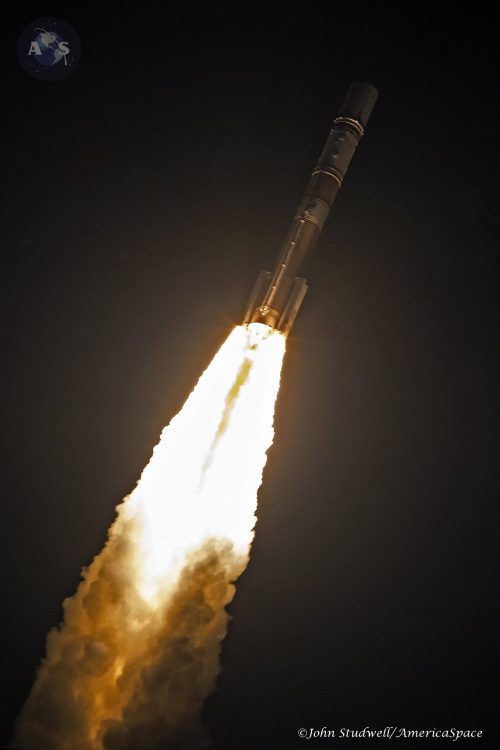
Launch shroud nose art on the vehicle marked both the USAF’s 70th anniversary and the flags of the five nations that have split the $424 million cost of the WGS-9 satellite.
In addition to the U.S., the costs were divided among Canada, Denmark, Luxembourg, The Netherlands and New Zealand. The lion’s share of the cost, $337 million was contributed by Canada.
Lieutenant General Samuel A. Greaves, Commander, of the USAF Space and Missile Systems Center said, “The WGS-9 launch marks a significant occasion for the WGS constellation as it is the fielding of a satellite procured under a partnership with Canada, Denmark, the Netherlands, Luxembourg, and New Zealand providing not only U.S. forces, but also our international partners with enhanced communications capabilities and increased coverage.”
In January 2012, these international partners signed a multilateral Memorandum Understanding with the United States, agreeing to fund the production of the ninth WGS satellite. International partners receive proportional access to the bandwidth provided by the WGS constellation based on financial contribution.
Comments provided to the USAF by military officers and officials from each new partner country highlight the importance of the arrangement:
- New Zealand: Lieutenant Colonel James Dryburgh, New Zealand Deputy Director of C4 Operations stated, “WGS has provided the cornerstone of the New Zealand Defence Force’s Satellite communications capability since the purchase of our first ground terminals following our entrance into the WGS partnership. It has provided us with solid and reliable communications and greater connectivity from the first deployment. The cooperation from the WGS support team and the partner nations has been outstanding.”
- Luxembourg: Deputy Prime Minister Etienne Schneider stated, “As an established satellite nation, Luxembourg is proud to participate in the WGS program. In the current geopolitical context, access to satellite capacity is essential for most military endeavors. Luxembourg can thus make a concrete contribution to security in the context of its NATO commitments.”
- Denmark: Navy Captain Kim B. Meier of the Director Air Force Systems at the Danish Acquisition and Logistics Organization said, “With the successful launch of the ninth WGS satellite we have reached an important milestone in the international MILSATCOM partnership. The WGS satellites are giving our warfighters quick and reliable access to information which is essential to the success of any military operation.”
- Canada: Brigadier-General Blaise Frawley, Director General for Space for the Royal Canadian Air Force said, “Military operations are increasingly dependent on capabilities based in space and the Canadian Armed Forces recognizes this fact. The WGS-9 will further enhance a reliable Satcom network, and ensure our forces at home and abroad can communicate effectively to enable success on operations.”
- The Netherlands: Navy Commodore Ludger Brummelaar, Projects Director of the Netherlands Defence Materiel Organisation, stated, “The launch of WGS-9 symbolizes the successful partnership in military satellite communication. The cooperation is not only a success in the space segment, but also on the ground, where the participating nations share their anchor stations and other SATCOM resources. WGS enables smaller countries, as the Netherlands, to have access to reliable global satellite communication. It is a prime example of international military cooperation.”
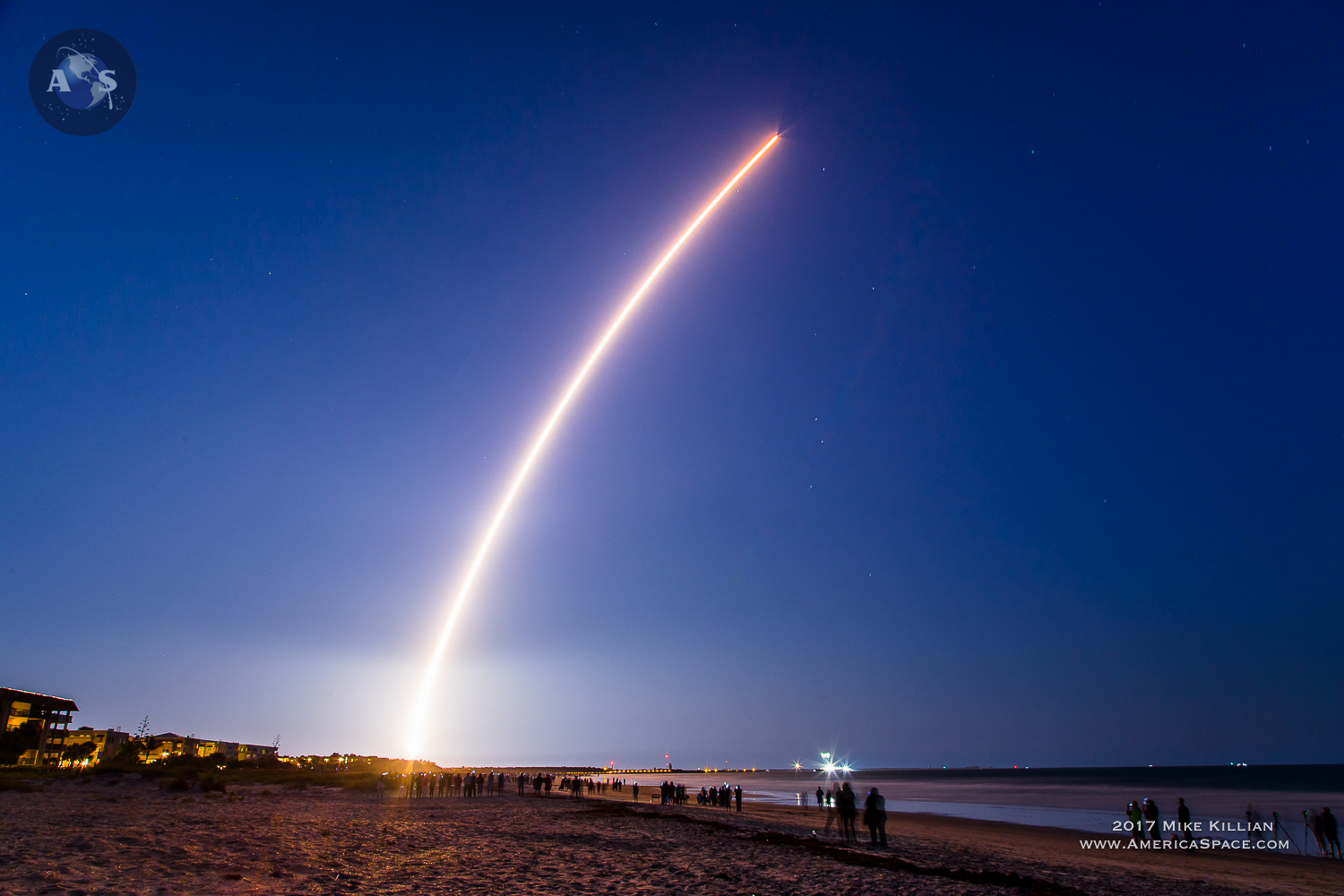
The 10th and final WGS will be launched in late 2018 by a Delta-IV, while the the first two WGS spacecraft launched in 2007 and 2009 were flown on Atlas-V vehicles.
The Delta-IV’s performance on the WGS-9 mission was normal from liftoff then burnout of the four solids followed by the core stage. The RL-10 upper stage then flew a two burn profile to release of the WGS-9 in a super synchronous geosynchronous transfer orbit near Madagascar 43 min. into the flight. Gen. Thompson said the checkout and maneuvering to its operational slot will take about 7 months. WGS -8 launched in December, 2016 has just reached its operational position but is still undergoing testing.
WGS has 19 independent coverage areas, 18 of which can be positioned throughout its field-of-view. This includes eight steerable/shapeable X-band beams formed by separate transmit/receive phased arrays; 10 Ka-band beams served by independently steerable diplexed antennas; and one transmit/receive X-band Earth-coverage beam. WGS can tailor coverage areas and connect X-band and Ka-band users anywhere within its field-of-view. The X-band phased array antenna enables anti-jam functionality without sacrificing performance, according to Boeing.
With the launch of WGS-9, anyplace on Earth between 65 deg. North and South Long. should be able to communicate thru the 3-4 satellites in view at any one time.
.
BELOW: Photos from our team covering the WGS-9 mission, all rights reserved, use without permission is strictly prohibited.
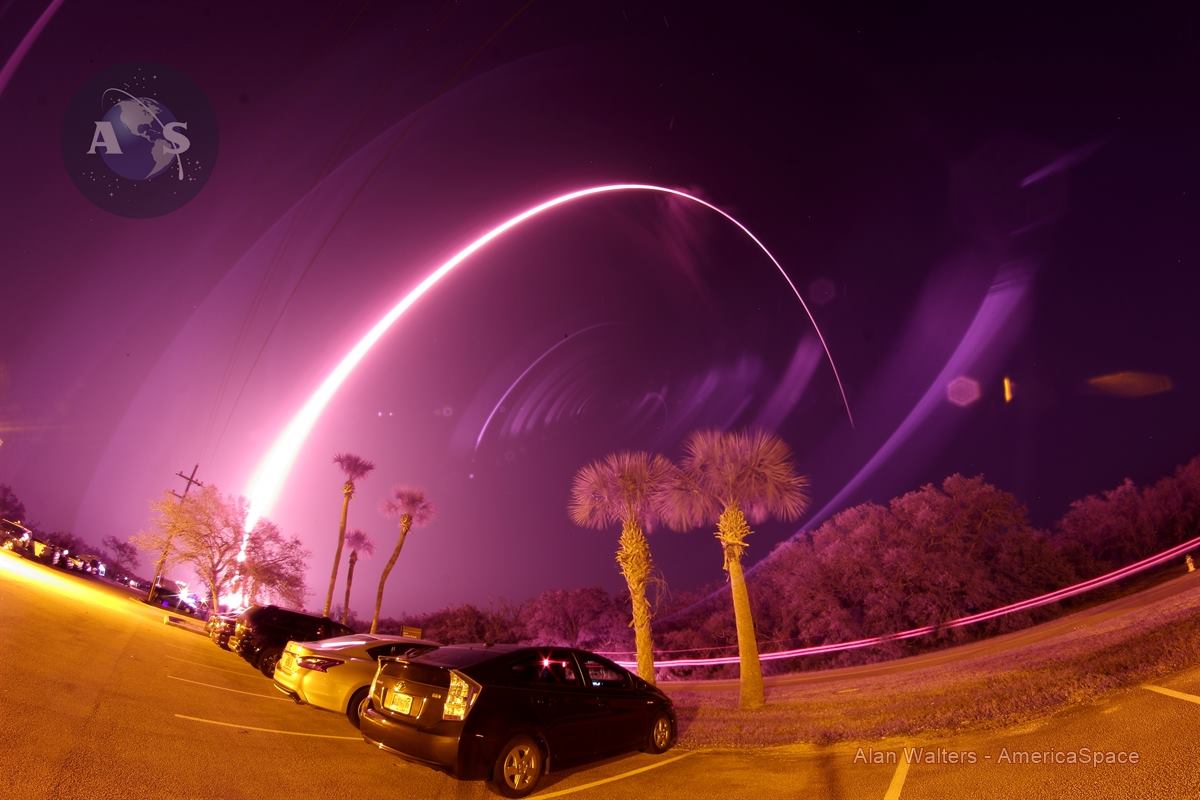
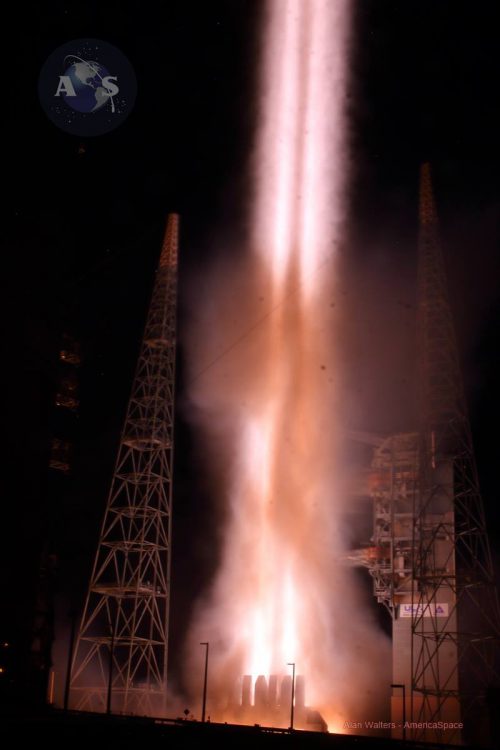
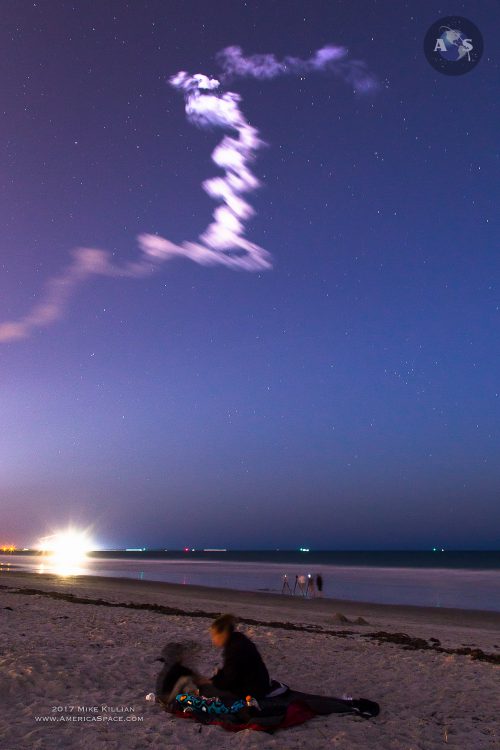
.
Be sure to “LIKE” AmericaSpace on Facebook and follow us on Instagram & Twitter!
.
Missions » WGS » Missions » WGS » WGS-9 »



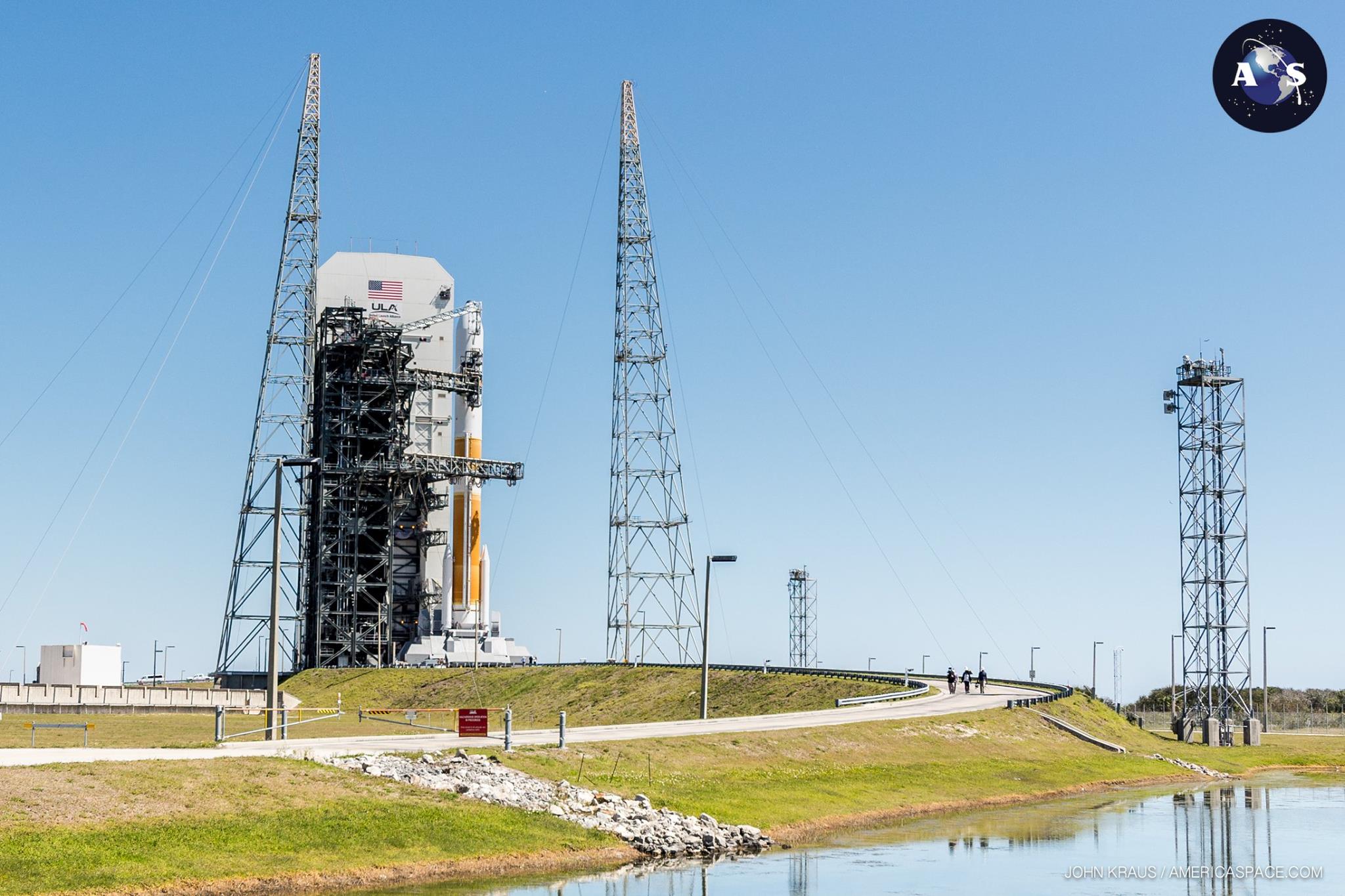
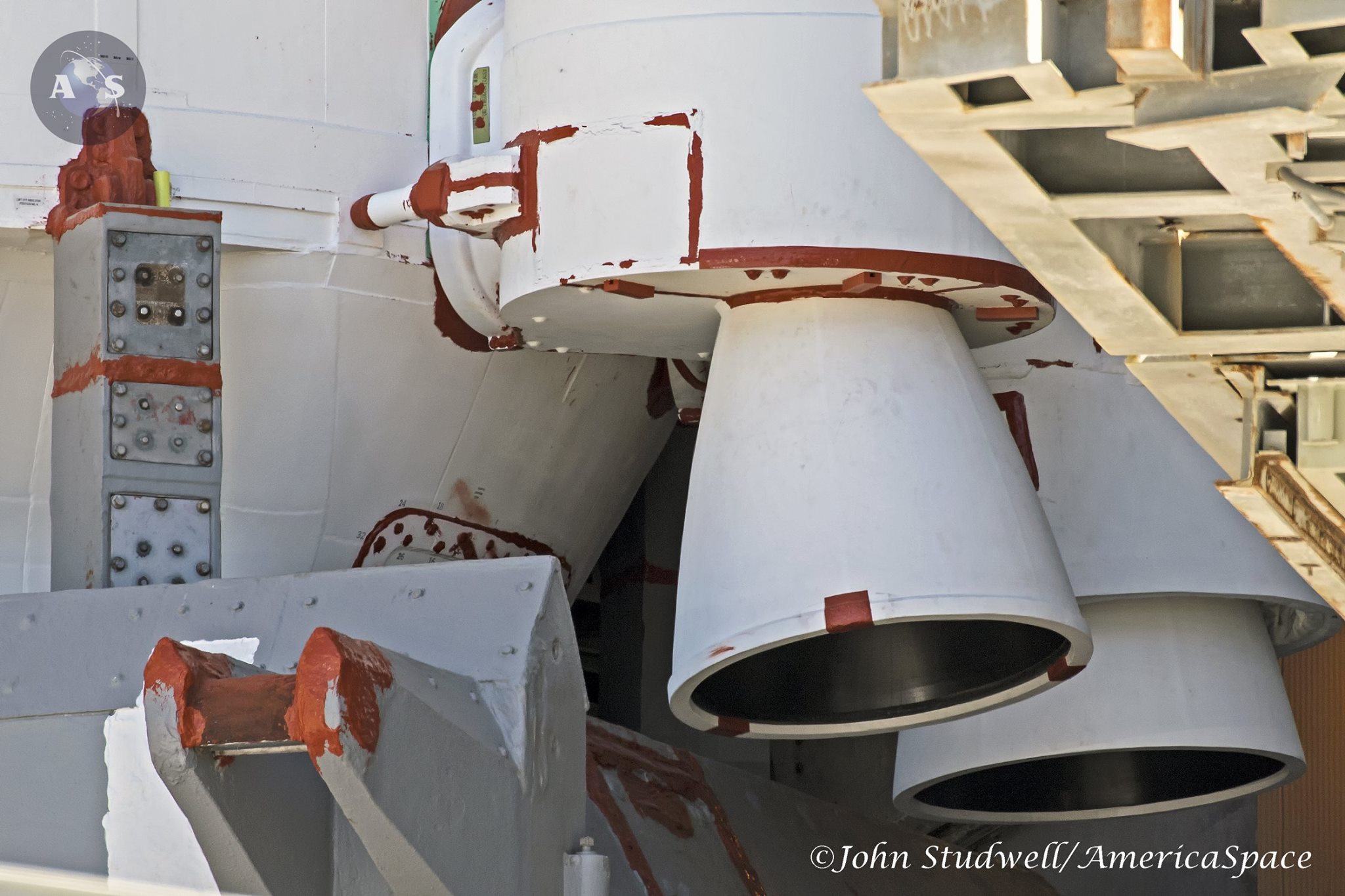
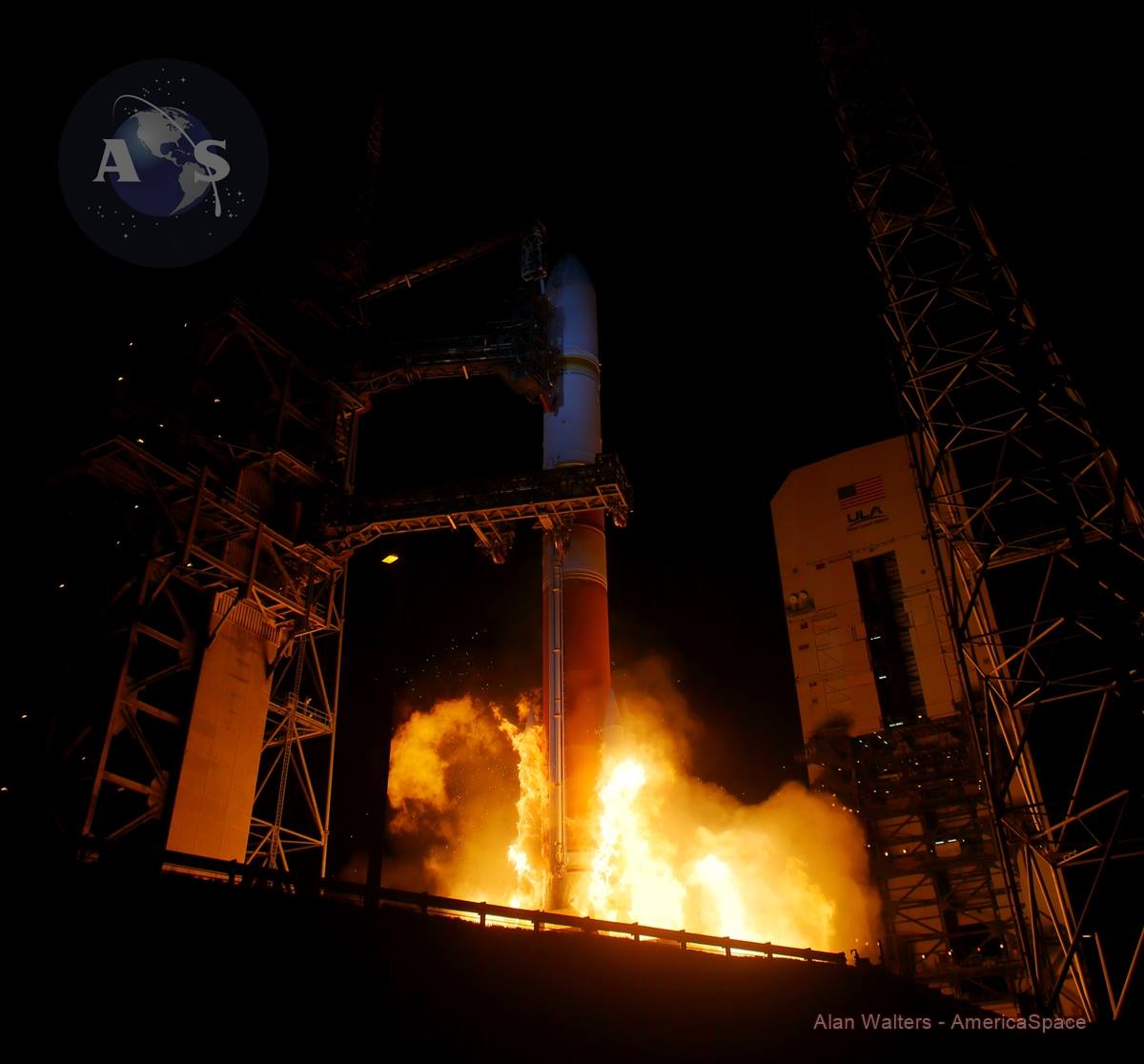
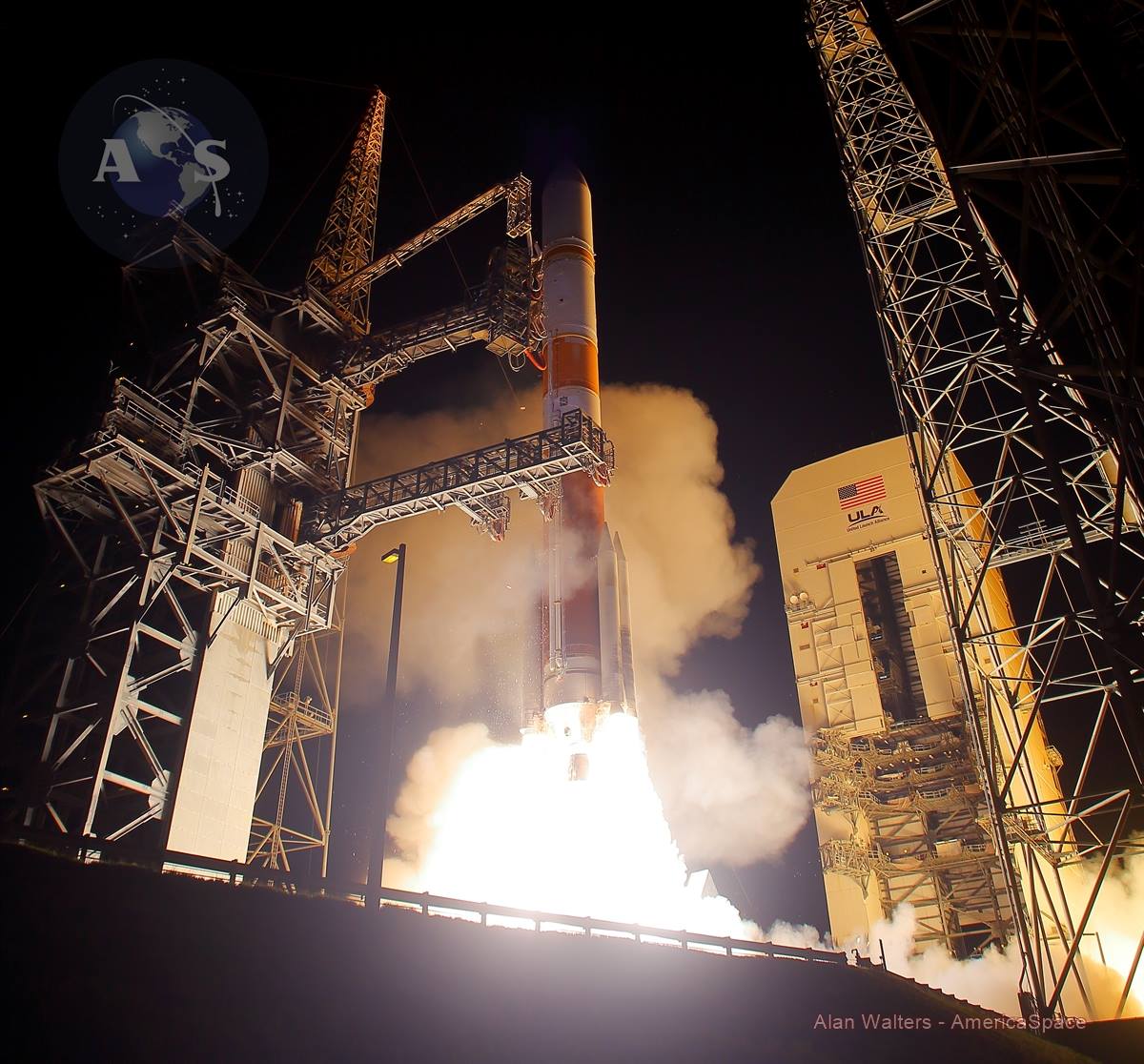
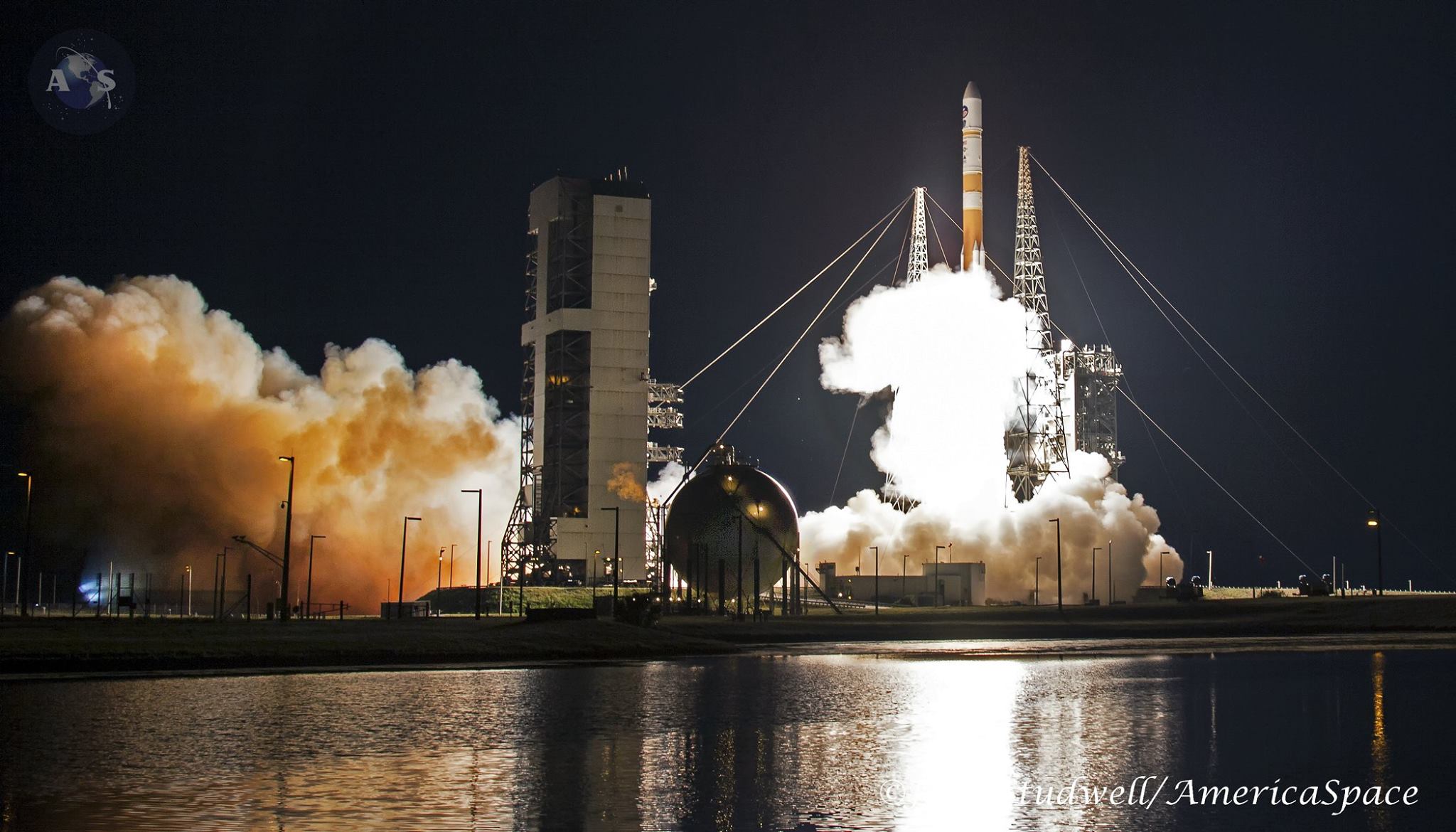
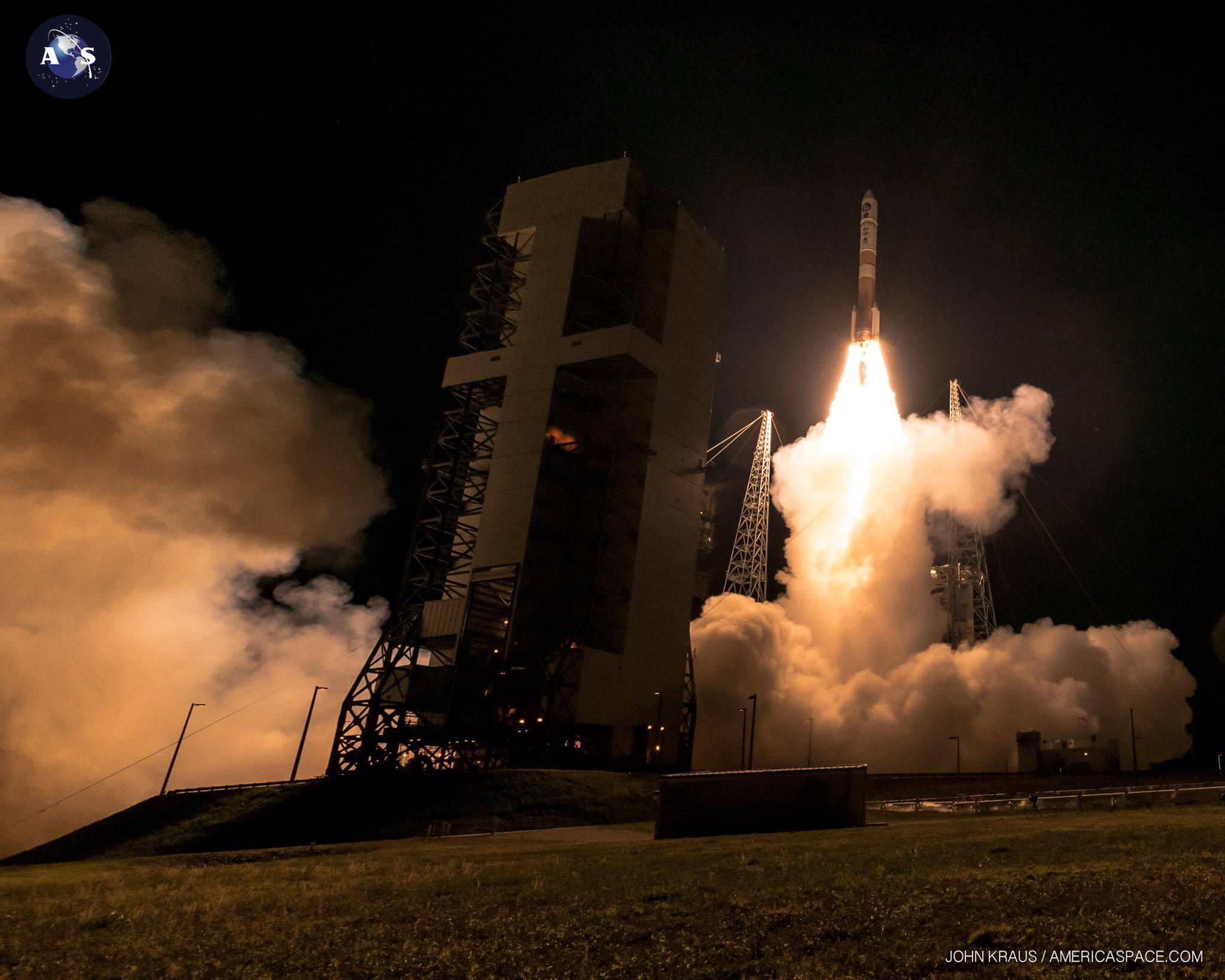
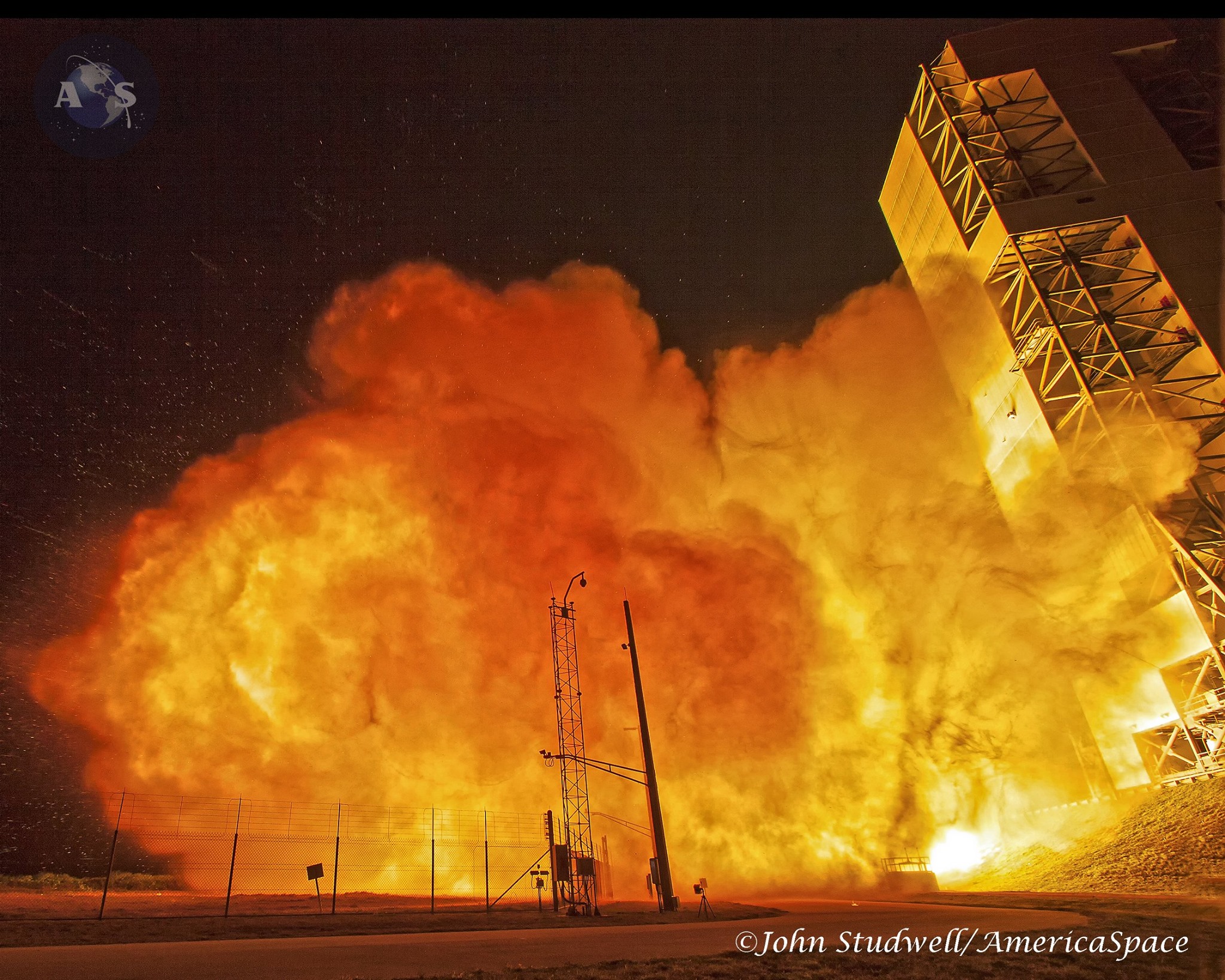
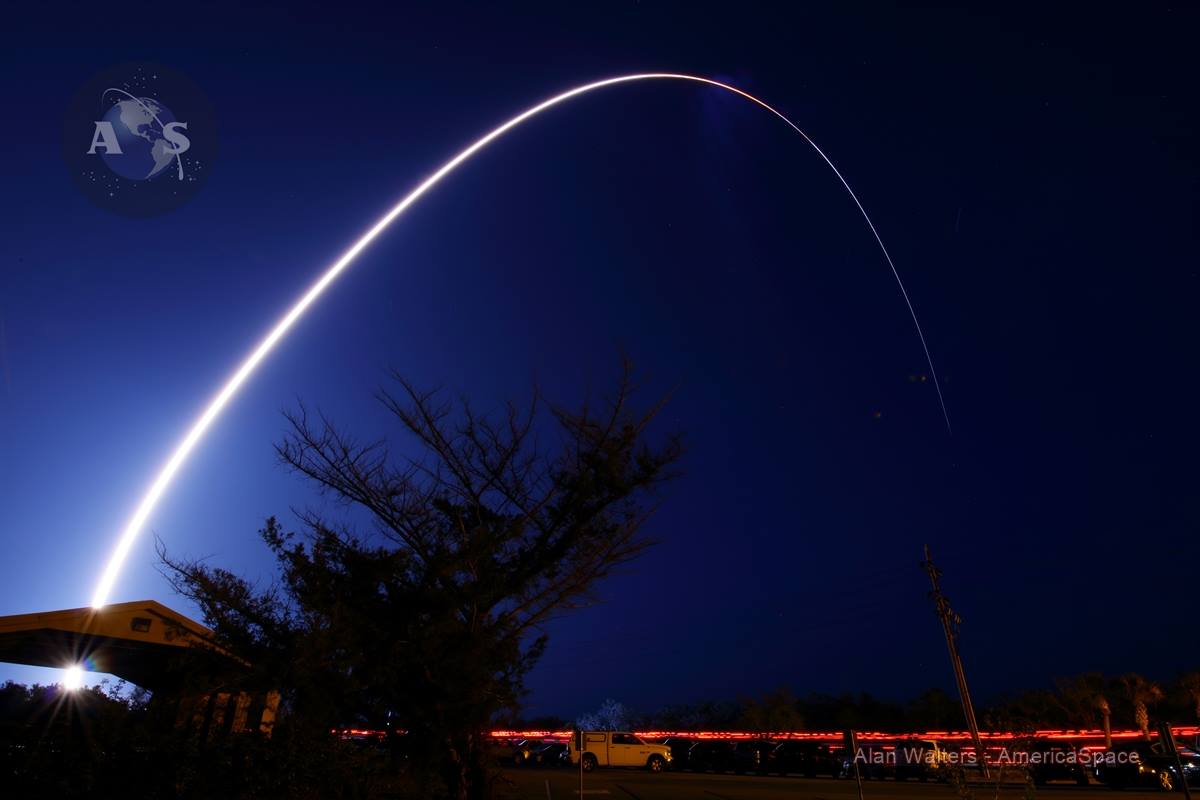
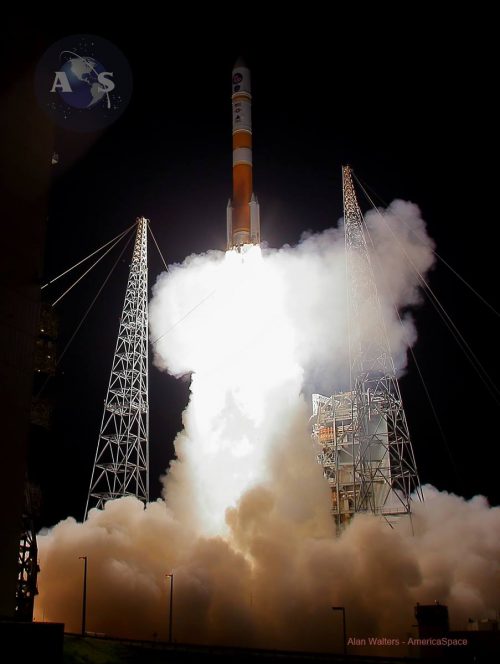
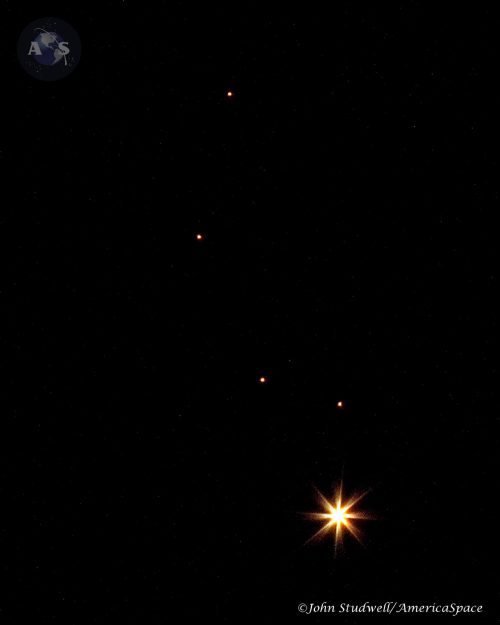
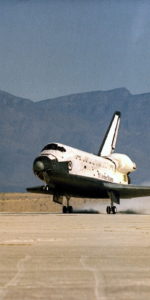
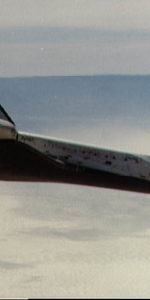
WHAT A SIGHT!!!!!